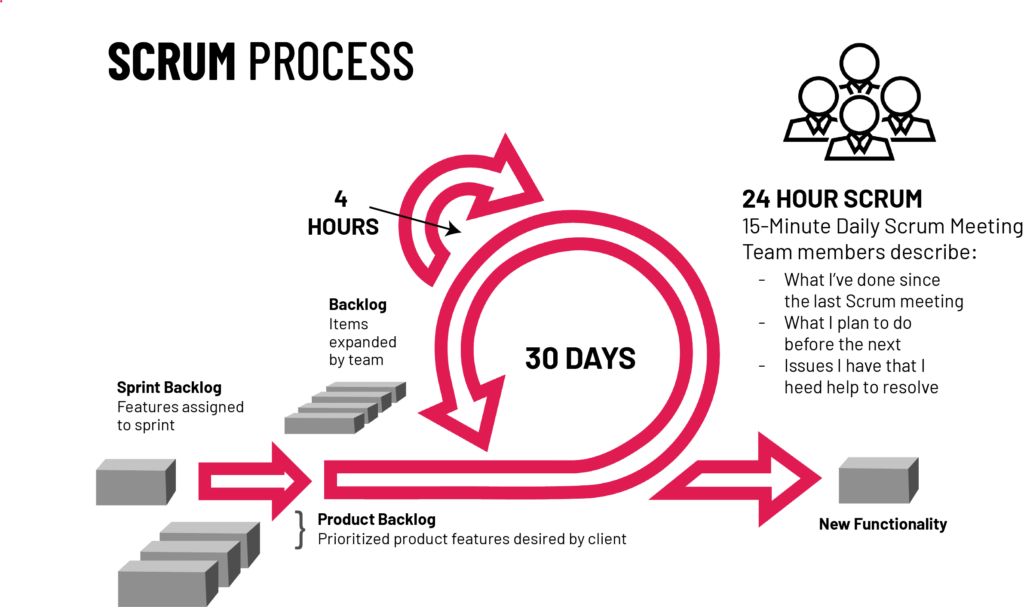

Time boxing, or assigning a fixed and maximum amount of time for an activity, is a part of this process. The development team looks at the tasks covered in the product backlog and predicts how much work they can complete within a sprint. The owner introduces the product backlog items, then identifies or reiterates the company’s goals and desired outcomes. The meeting is conducted by the product owner at the start of every sprint, after the Sprint review and the Sprint retrospective for the prior sprint. The purpose of the Sprint planning meeting is to ensure that everyone is on the same page before work begins. Open communication is a core part of Scrum, and there are four main meetings (also known as Scrum ceremonies) that teams participate in during each iteration.Įach meeting has a different agenda, but they all serve a similar purpose: helping the organization achieve its goals and objectives while following the Scrum framework.īelow is a closer look at these Scrum meetings.

If you’re unfamiliar with Scrum, it’s a framework based on the Agile project management methodology. Scrum meetings are something that stakeholders, management, and teams hold to stay aligned each step of the project. In this post, we’re going to examine the different types of Scrum meetings and what they’re for. Scrum meetings are the best way you can do that with your team members. The sixth principle of the Agile Manifesto says that face-to-face communication (which includes video conferences today) is the most effective way to send information to agile teams. Therefore, meetings are an essential part of project management–– whether you’re running an Agile or traditional Waterfall project.īut Agile methodology takes it a step further by making Agile and Scrum meetings part of its actual framework. Communication and good project management go hand in hand.


 0 kommentar(er)
0 kommentar(er)
